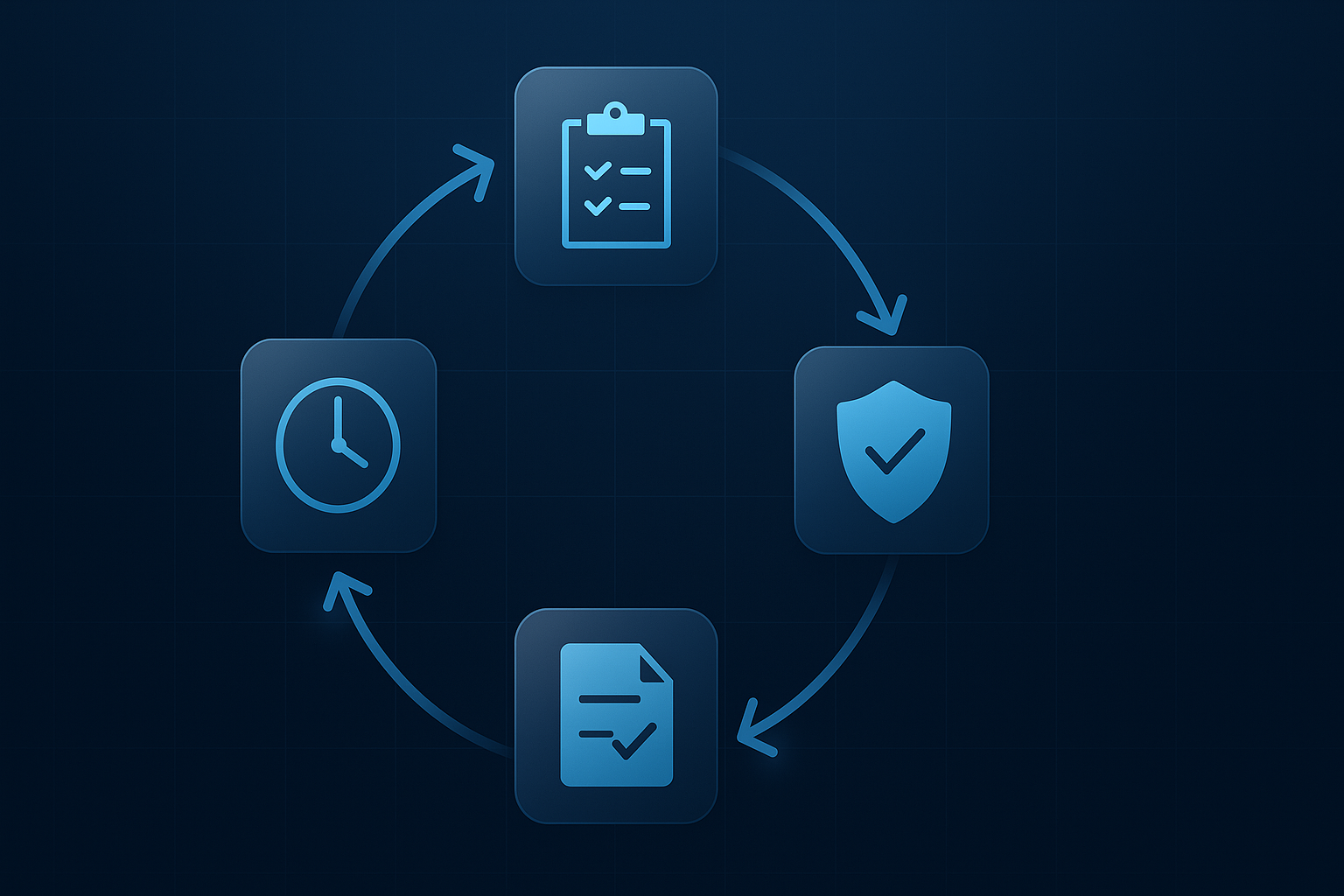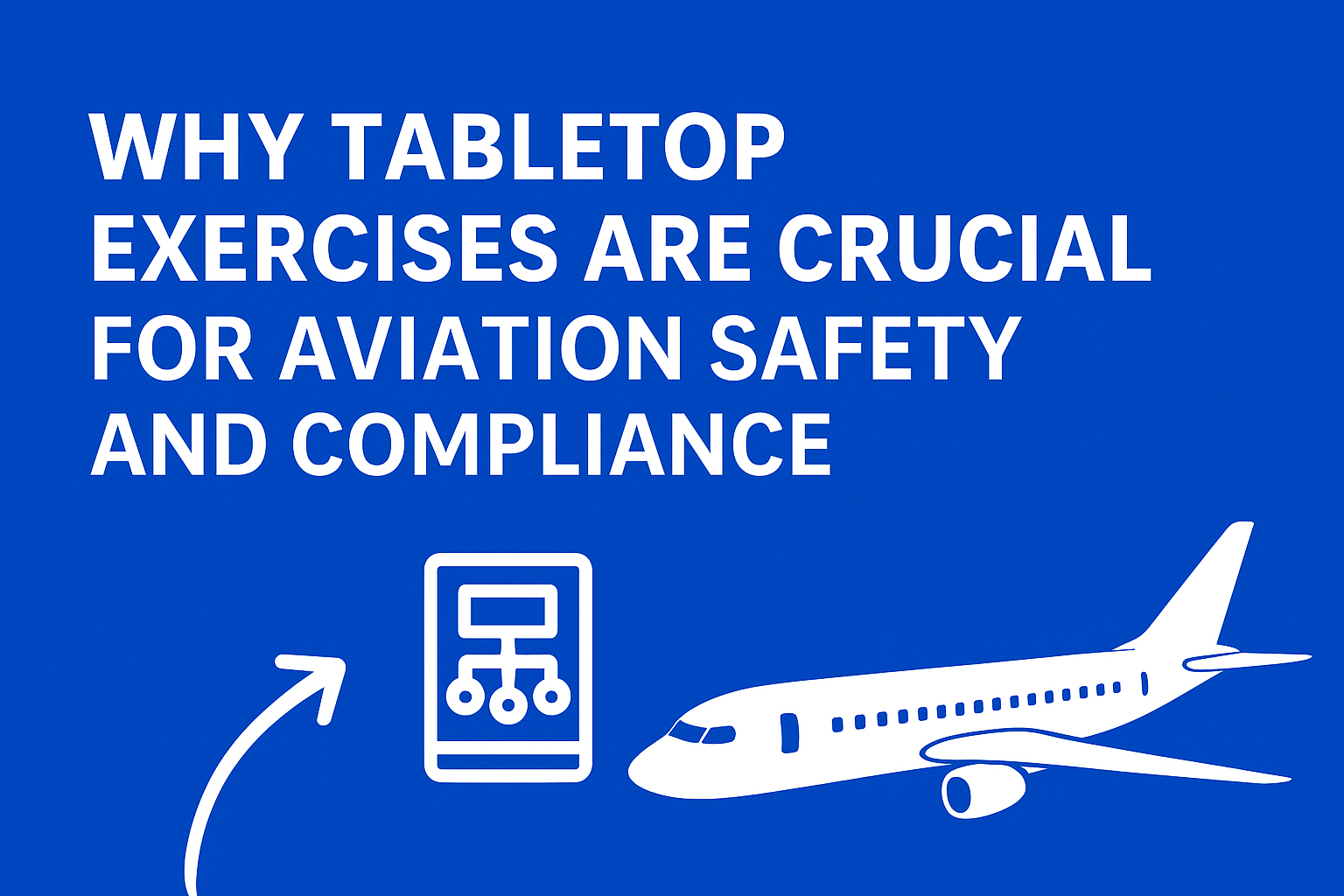In an era where cyber threats evolve with dizzying speed, the strategic importance of automation in cybersecurity has never been more critical. For IT professionals and cybersecurity leaders, staying one step ahead of these sophisticated threats is a relentless task. Automation emerges not just as a tool, but as a necessity for fortifying our digital defenses.
The Expanding Cyber Threat Landscape
Every day, the complexity and volume of cyber-attacks increase. From phishing scams to ransomware attacks, cybersecurity teams are under constant siege. The challenges in managing these threats are multifaceted, encompassing not just the identification and neutralization of threats but also foreseeing vulnerabilities before they are exploited. This is where automation comes into play, transforming reactive cybersecurity measures into proactive shields.
Unlocking Efficiency Through Automation
At its core, automation in cybersecurity is about amplifying efficiency and accuracy. By automating routine and repetitive tasks, cybersecurity professionals can focus their expertise on more complex strategic initiatives. Automated systems are tirelessly vigilant, analyzing vast networks in real time to detect anomalies that could signify a potential breach.
Streamlining Operations
The implementation of automation streamlines cybersecurity operations in several ways. First, it enhances response times. Automated systems can instantly react to threats, implementing predefined mitigation strategies at speeds no human team could match. Secondly, automation plays a pivotal role in reducing human error—a significant factor in successful cyberattacks.
The Future of Cybersecurity Automation
Looking forward, the trajectory of cybersecurity is unmistakably leaning towards further integration of automation. Future trends suggest an increased reliance on Artificial Intelligence (AI) and Machine Learning (ML) to predict and counteract cyber threats before they manifest. The potential impact of these advancements on security strategies is profound, offering not just more robust defenses but also new approaches to understanding and combating cyber threats.
Practical Tips for Integration
For organizations seeking to incorporate automation into their cybersecurity frameworks, the path forward involves several key steps:
• Assess and Plan: Begin by assessing your current cybersecurity landscape and identify operations that can benefit from automation.
• Prioritize Integration Points: Start with high-impact, low-complexity tasks for initial automation integration.
• Continuous Learning and Adaptation: Automation systems, especially those leveraging AI and ML, grow more efficient with data. Continuous learning mechanisms should be integrated to adapt to evolving threats.
OpsBook at the Forefront
Innovative solutions like OpsBook are at the forefront of utilizing automation, specifically in conducting tabletop and vulnerability exercises. OpsBook leverages automation to simulate cyber threats, providing an immersive experience for teams to test and refine their response strategies. This practical application of automation reinforces the importance of preparedness in cybersecurity.
The Imperative of Automation
In conclusion, the burgeoning cyber threat landscape necessitates a paradigm shift in how cybersecurity defenses are conceptualized and implemented. Automation stands out as an indispensable ally in this ongoing battle. It's not merely about upgrading technology but about transforming cybersecurity posture to become more resilient, responsive, and reliable.
For IT professionals and cybersecurity leaders, the message is clear: the future of cybersecurity is automated. The sooner organizations integrate automation into their cybersecurity frameworks, the stronger their defense against the inevitable challenges of the digital age will be. It’s time to move forward, with automation leading the charge toward a more secure and confident digital future.


.jpg)



